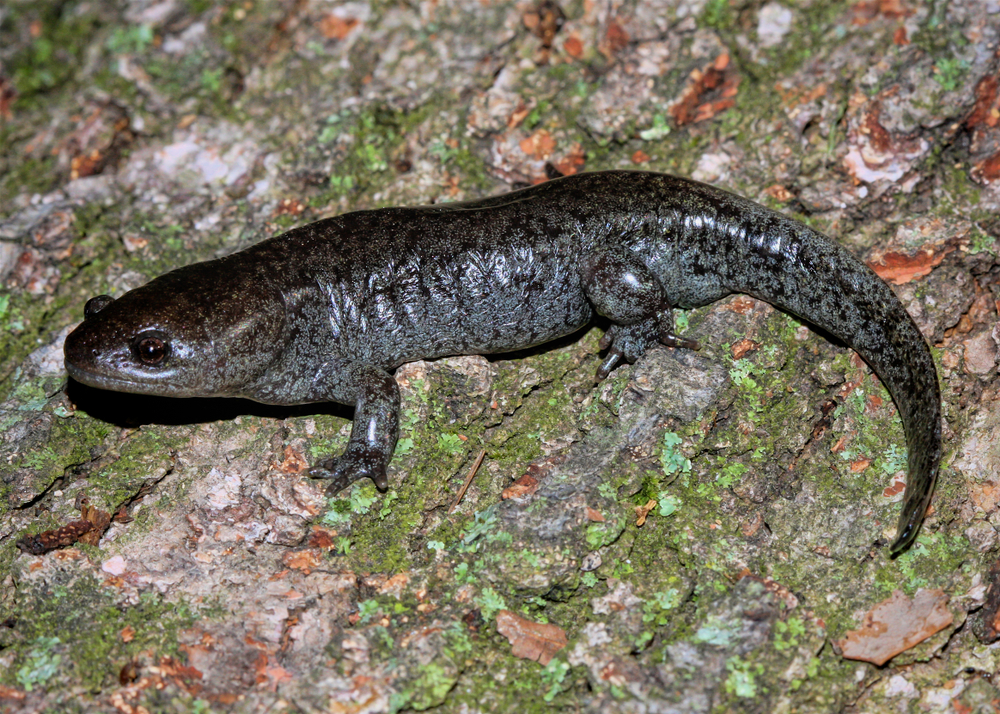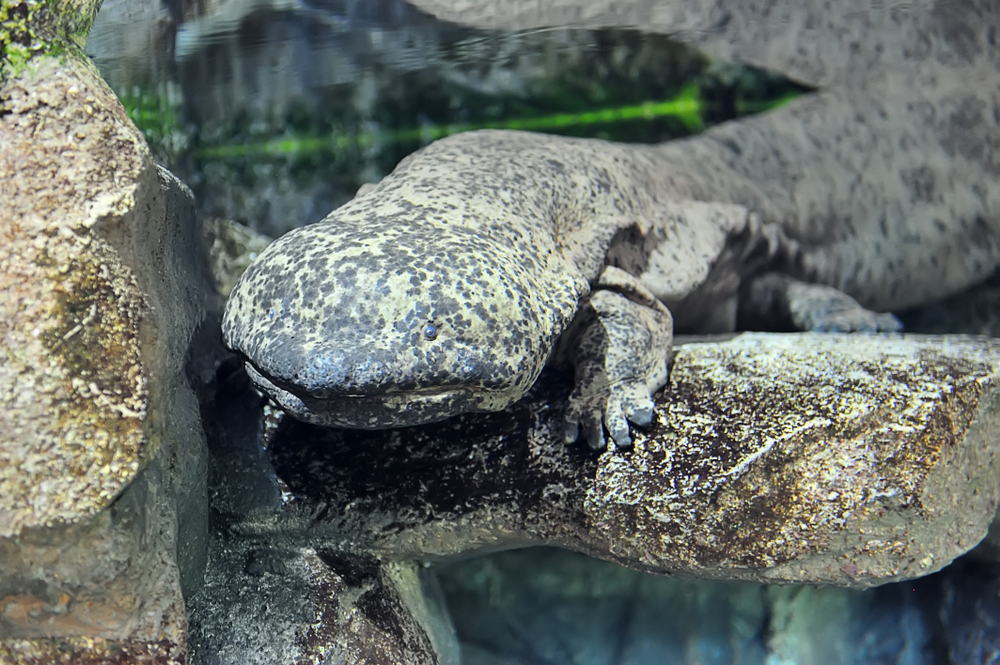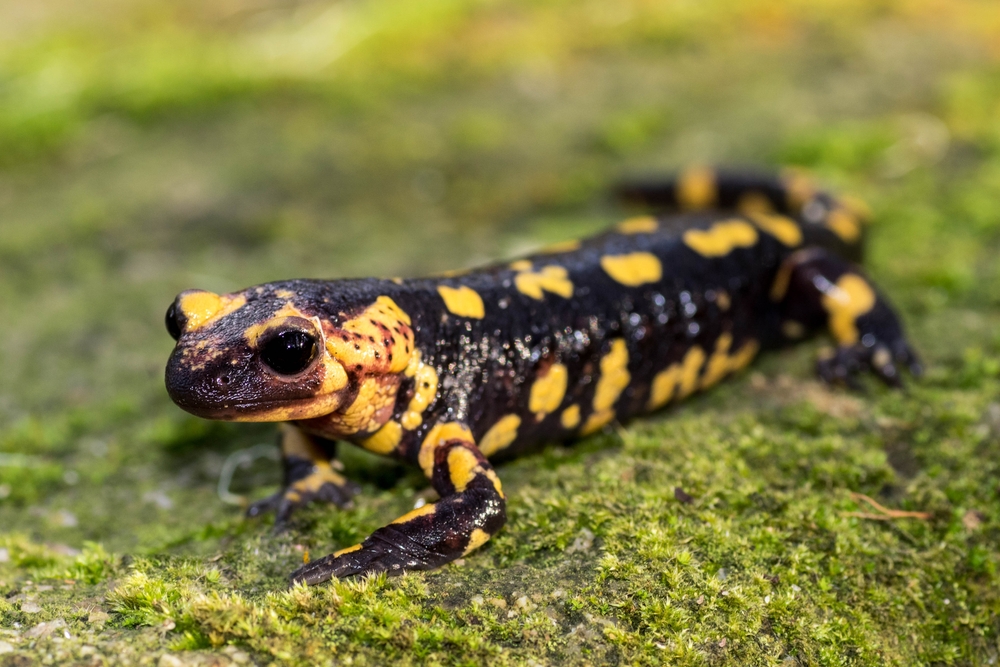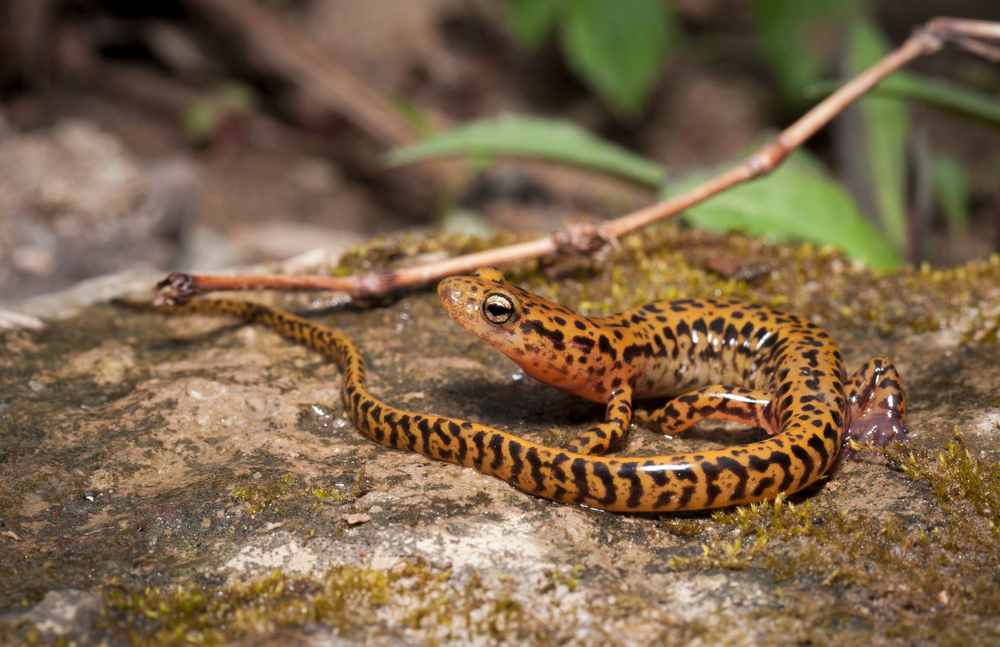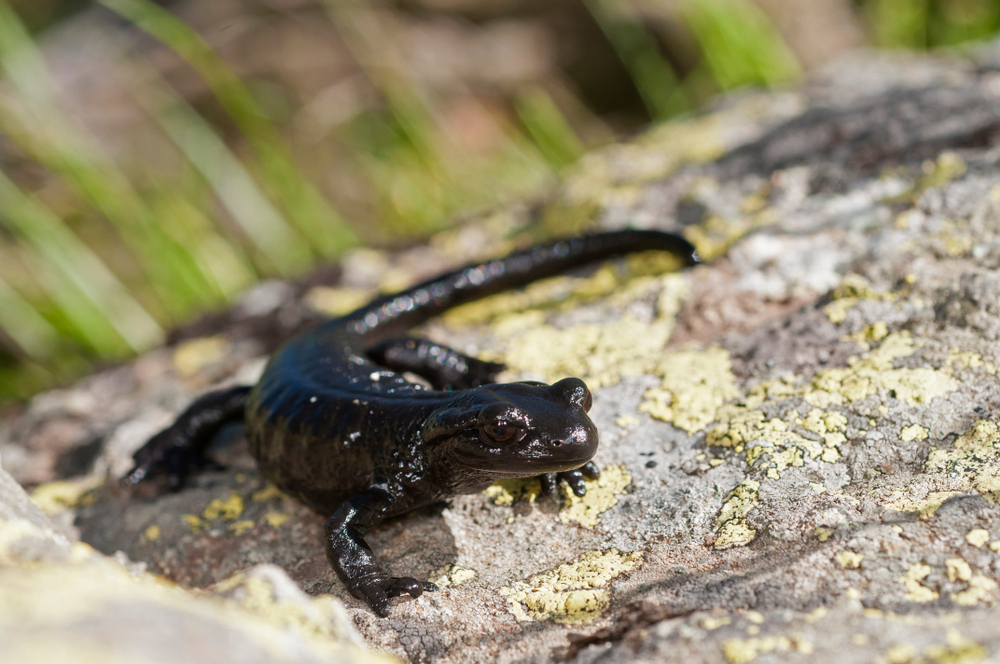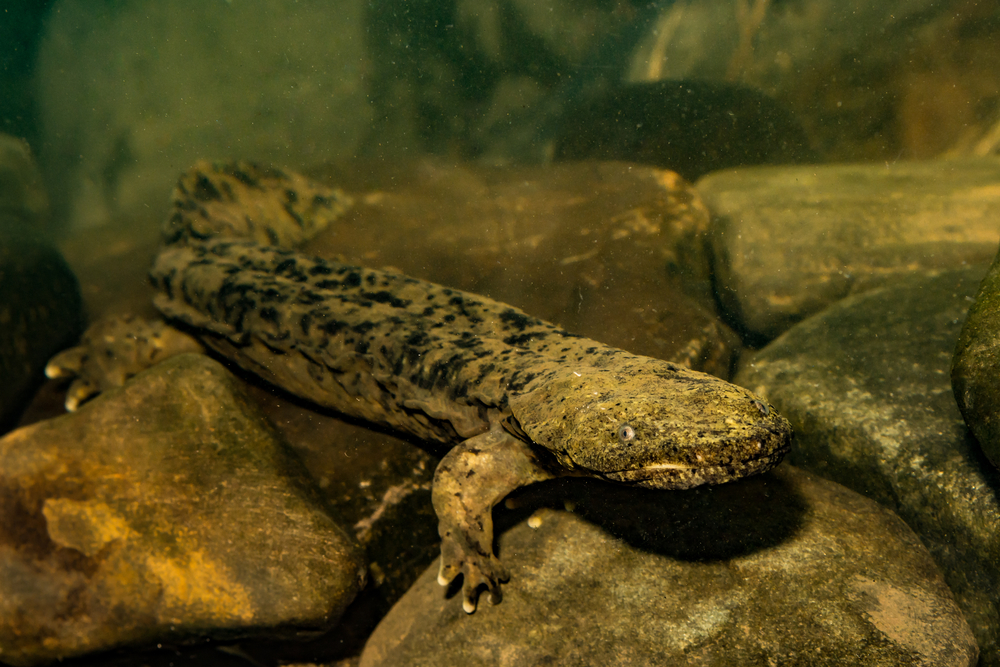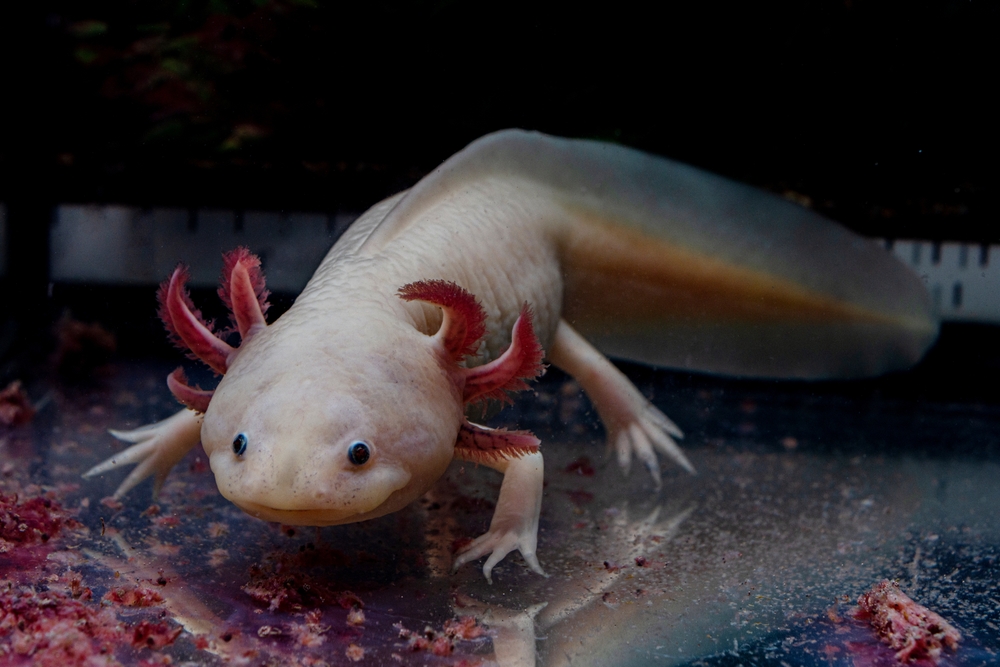Uniqueness
Paedomorphosis and Dual Life Strategies:
One of the most remarkable features of the mole salamander (Ambystoma talpoideum) is its ability to exhibit paedomorphosis—the retention of larval features like external gills and aquatic form into adulthood. In permanent ponds, some individuals never metamorphose, remaining fully aquatic and sexually mature. In contrast, others in temporary or variable wetlands metamorphose into terrestrial adults, adapting to forest floor life. This dual strategy is a powerful evolutionary response to shifting environmental conditions.
Burrowing Lifestyle:
Unlike most amphibians that hide under logs or leaf litter, mole salamanders are true burrowers, using their short, stout limbs and broad bodies to dig into soil. This trait allows them to avoid desiccation and survive long dry periods underground, often emerging only during heavy rains to feed or breed.
Compact and Stocky Build:
Compared to more slender salamanders like Eurycea or Plethodon, mole salamanders are noticeably chunkier, reflecting their fossorial (burrowing) habits. This robust body design aids in soil displacement and protects vital organs during underground living.
Dependence on Fishless Seasonal Ponds:
Mole salamanders rely heavily on vernal pools—temporary wetlands that dry out seasonally and lack predatory fish. These ponds serve as crucial breeding grounds, offering safety for their eggs and larvae. Their life cycle is intricately linked to the seasonal pulse of rainfall and pond formation.
Ambystoma Lineage with Cryptic Behavior:
Part of the Ambystoma genus, mole salamanders share ancestry with better-known species like the axolotl and tiger salamander. Yet, unlike these more visible relatives, mole salamanders are rarely seen, spending the majority of their lives underground and surfacing mainly to breed or feed during wet nights.
Important Ecological Indicator:
Because mole salamanders are highly sensitive to habitat disturbance, pollution, and hydrological changes, they serve as excellent bioindicators for the health of ephemeral wetlands and bottomland hardwood forests in the southeastern U.S.
Summary:
The mole salamander is a secretive, burrow-adapted amphibian known for its flexible life history, paedomorphosis, and reliance on temporary fishless ponds. Its unique combination of terrestrial and aquatic adaptability, chunky burrowing form, and environmental sensitivity make it both biologically fascinating and ecologically important.



































































